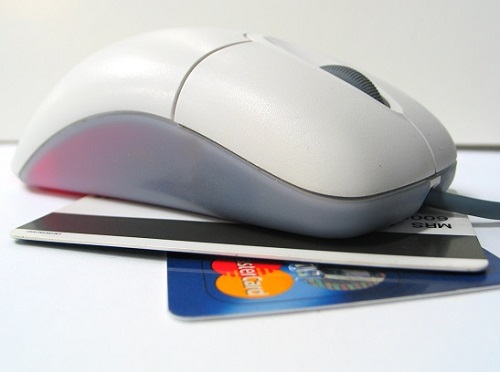For commodity items, a distributor or retail outlet works fine when developers need only a handful of some electronic device. But often, the latest technology is available only to large customers willing to make substantial purchases, shelling out tens of thousands of dollars or acquiring devices by hundreds at a time. To overcome this barrier, GroupGets has developed a scheme that allows individuals to band together and make such bulk purchases.
Founder, Ron Justin, described his scheme to Electronic Products in a phone interview, indicating that his goal was to create a more democratic connection between the designer/tinkerers and manufacturers. “We started the platform with the end user in mind,” said Justin. “We were working on a project and wanted to use a particular ASIC that was only available from the manufacturer, but the minimum buy was $250K. So we went to Kickstarter, but it was not a fit for them.” Kickstarter, Justin noted, was set up to fund new product ideas, not to purchase existing products. What they needed was a secure collective approach to making bulk purchases, but none existed, and so GroupGets was born.
The company has now developed and refined a website and service that provides a secure middle layer to let people team up online to acquire devices and services in bulk. The process, Justin said, begins with someone initiating a purchase campaign by identifying an item and its manufacturer. GroupGets verifies the product’s availability (no works-in-progress or year-long delivery delays) and negotiates the group pricing. The campaign then goes public on the GroupGets website with product descriptions and other information to attract participants and raise the needed funding via credit card purchase commitments. If and when a campaign is fully funded, GroupGets makes the purchase and handles distribution and delivery. Should a campaign expire without reaching its funding goals, no one gets charged.

Even though money changes hands only with a successful campaign, however, this does not mean that the service is free. GroupGets assesses a fee of 7% on the transaction to cover its expenses, including a 1% commission to the campaign’s initiator. But considering that participants would pay much more to obtain products in their small quantities, if they could get them at all, the fee seems quite nominal.
The group purchase approach helps to overcome minimum purchase requirements, but it can provide other benefits as well. Sometimes a group purchase can obtain a volume price for something that is available in small quantities for a premium. Or a group might be able to negotiate a bundle package that individual purchasers could not. Developers who can make a minimum purchase but will end up with a surplus of parts can create a campaign to dispose of the surplus inventory.
Manufacturers also can offer products to a group to find a market for products that they need to manufacture in quantity. In such cases, Justin said that GroupGets will first “vet” the product to ensure that it is grounded in reality and works as advertised.
So far, Justin notes, the company has successfully completed about 120 group buys, generating some $2 million in revenue. And they are adding campaigns all the time. Some of these campaigns were even initiated on behalf of their own product development efforts; they have made things for sale themselves. But most of the campaigns aim to bring advanced technology within the grasp of the individual. In this way, the GroupGets approach provides an alternative access path to products that might otherwise be unavailable to the small, or solitary, developer.
Advertisement
Learn more about Electronic Products Magazine





